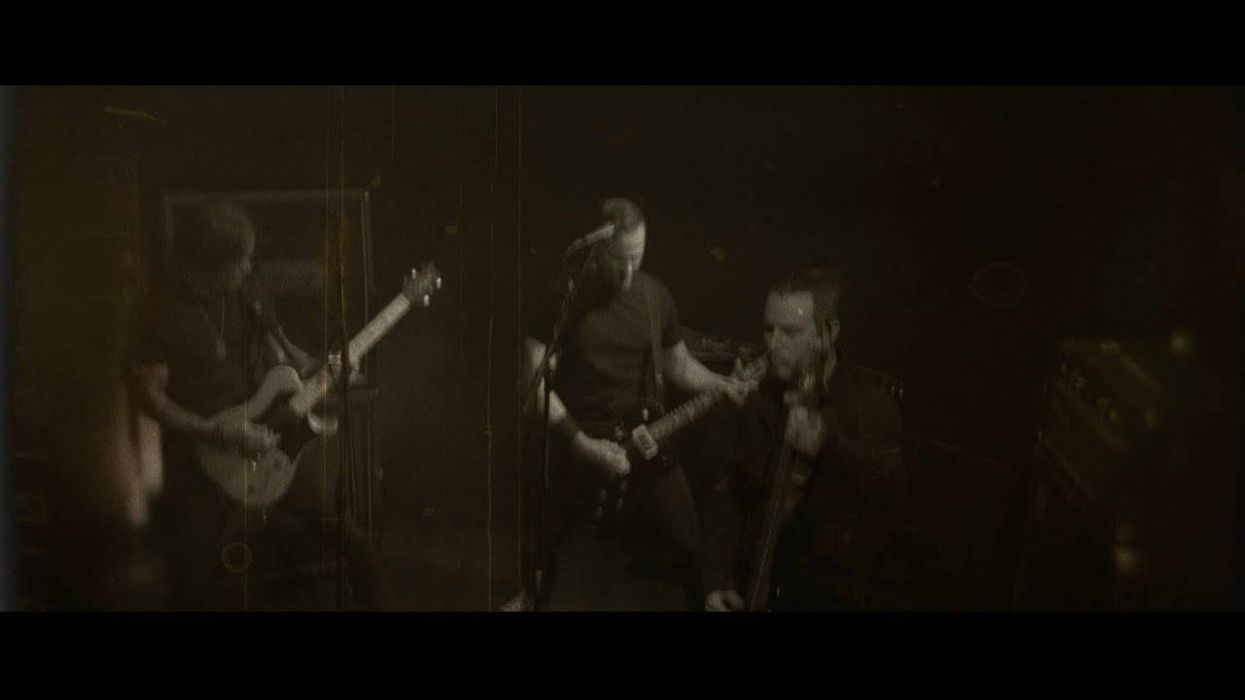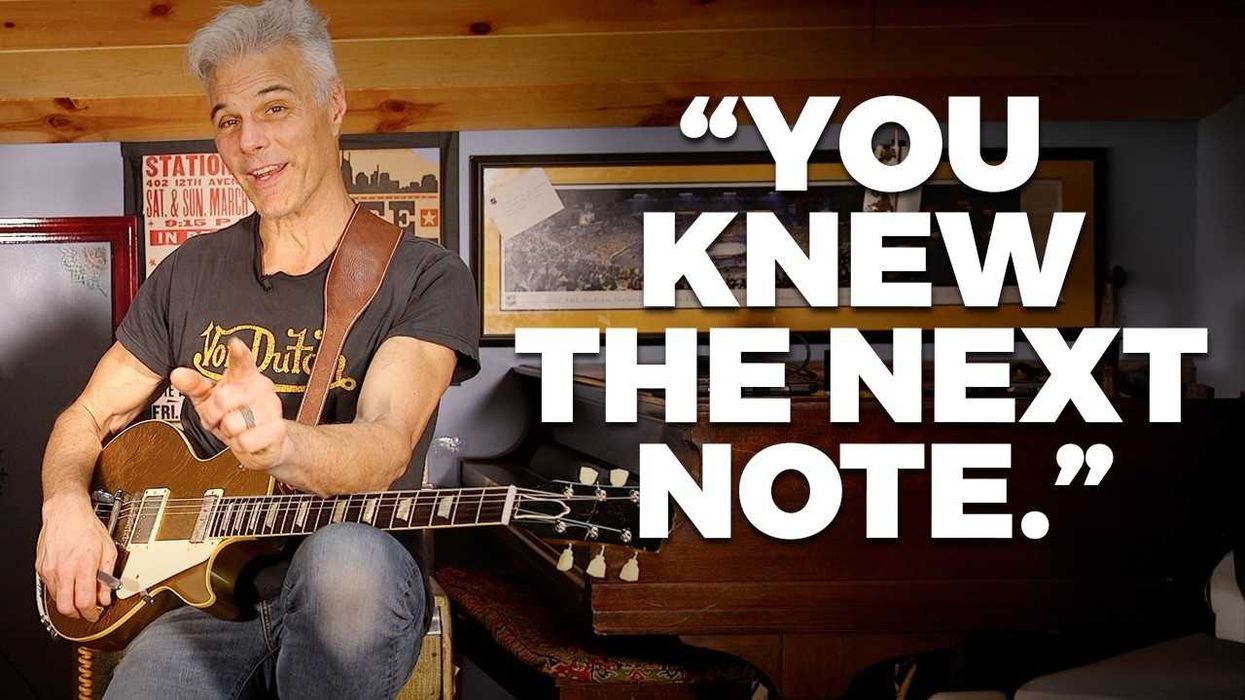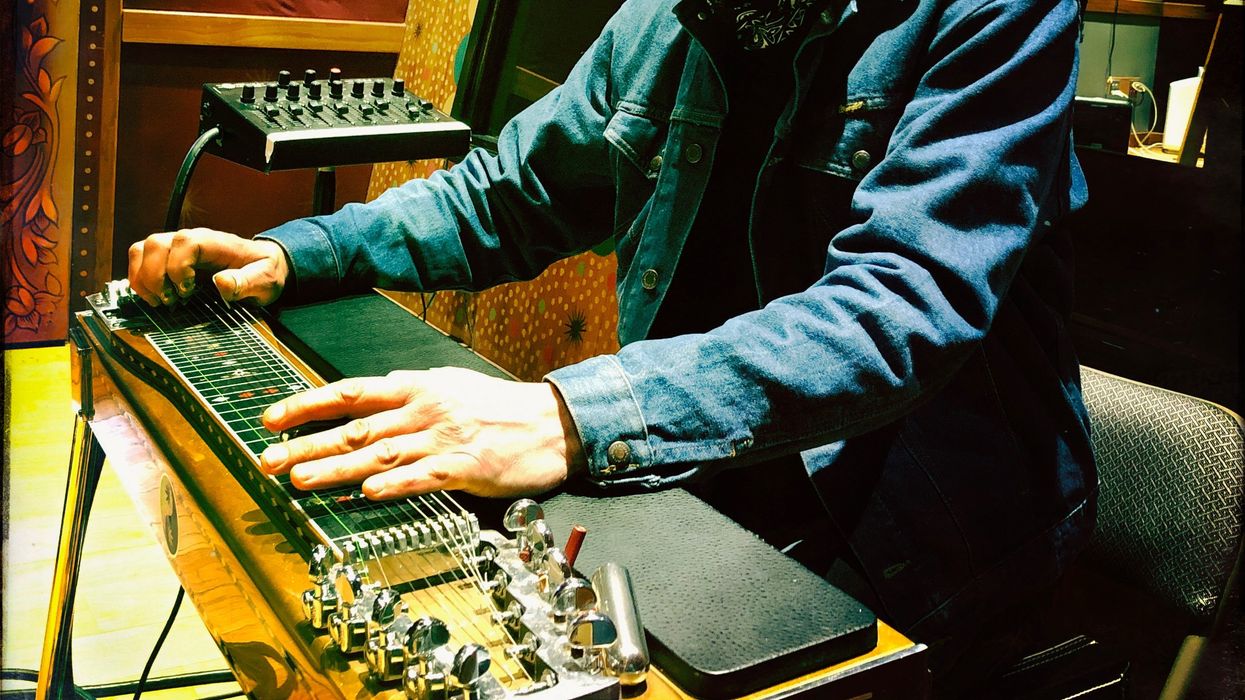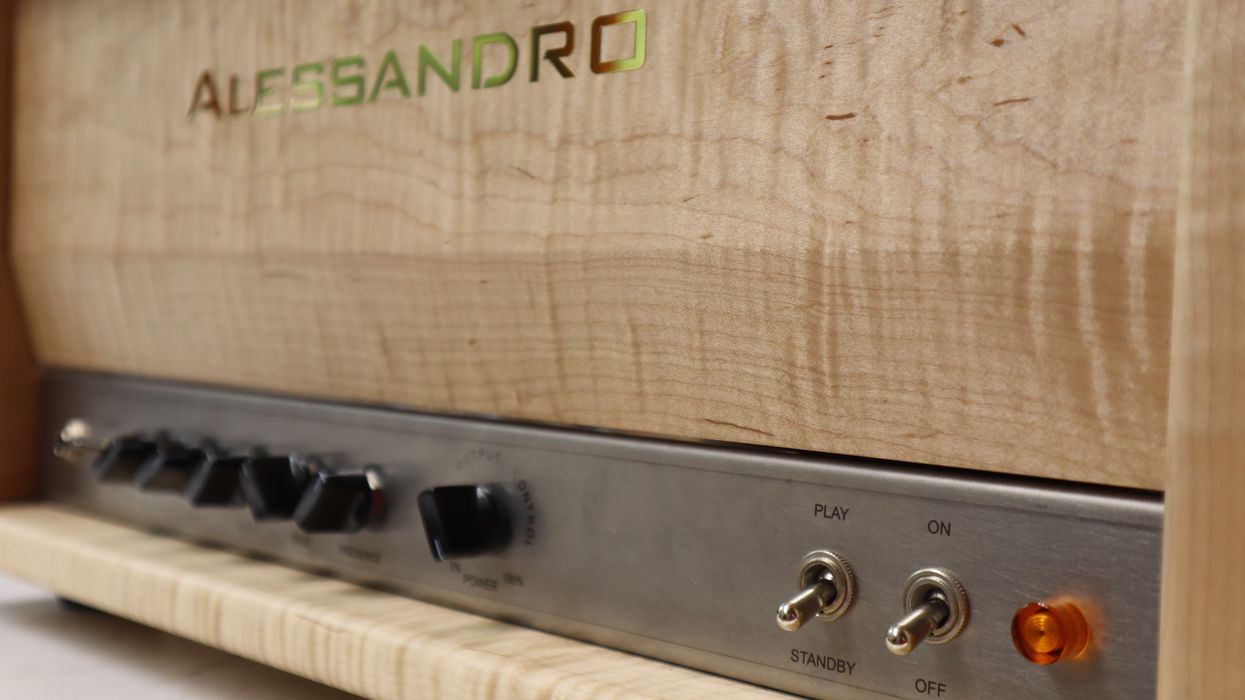Quick show of hands: How many here immediately obsess over which piece of lust-list gear to buy as soon as you get a little extra cash?
Ah—yes, just as I thought. Pretty much everyone.
Our logic seems pretty watertight, right? We’re creating art, and different kinds of gear produce different types of tones. Ergo, the more you have, the more “colors” you’ll have to paint with—and therefore, the more types of music you’ll be able to play and enjoy.
For those of us with these perpetual holes in our pockets, the events may play out in a different order, but the end result is largely the same: We “need” every iconic instrument on the planet. Six-stringers require at least one Les Paul, Strat, and Tele (and before long, an SG, ES-335, Firebird, Jazzmaster, and 6120). Four-stringers gotta have a P, a J, a Rick, and a StingRay—followed by a Hofner, an EB-O, and a Thunderbird.
And let’s not forget amps: A plexi and JCM800 are a must. Same goes for vintage-ish Fenders … and Voxes … and maybe even Hiwatts. For low end, it’s an Ampeg SVT or B-15N, or maybe a Boogie 400+.
To be fair, some of us may not be quite that brand-specific—maybe it’s more like, “I gotta have a Strat-ish guitar, a P-90 machine, a dual-humbucker axe, amps in every power-tube flavor,” etc. And of course we really have a heyday with stompboxes.
“So what’s your point?” I hear many of you asking. “What’s wrong with wanting it all?”
My answer: Maybe nothing. Maybe it just depends on what you want to get out of all this.
If you just aim to have some fun learning tunes by your favorite bands and players, it might seem not just perfectly harmless but actually quite logical and fulfilling to amass a collection that yields some level of tonal and visual authenticity to the endeavor. Same goes, I suppose, if you’ve got cover-band ambitions.
But even if you’re quite happy focusing on emulating other players’ sounds, is it possible that obsessing over their gear is actually holding you back? Does ponying up for their preferred guitar or amp or pedal undermine you by attributing too much magic to inanimate objects? Are you letting the classic curves, bookmatched top, or legendary name on the grille cloth blind you to the playing nuances that really make your favorite players great? Further, does having a new instrument or amp to set up, maintain, and endlessly mod every time you get a bonus or a birthday check from mom distract you from the hands-on playing time required to learn those nuances first-hand?
And what about those of us who aren’t just into this as a means of blowing off steam after work or making a few bucks off popular songs? What about those of us who are deluded or idealistic or narcissistic or ambitious enough to think we too could achieve some level of musical uniqueness? Is it worth reining in gear cravings and stepping back to consider our heroes in a different light—namely to recognize that just about every distinctive player we can call to mind relied on a pretty limited array of gear to achieve their hallmark sounds? And often the gear was nothing special in and of itself—heck, in some instances it’s gear everyone used to laugh at.
The difference is that these players spent innumerable hours bonding with a fairly static setup—getting to know it inside and out. And I’m not talking about knowing pickup-magnet alloys or pot or cap specs. I’m talking about knowing it like a best friend rather than one of many shallow acquaintances. I’m talking about knowing its quirks—even flaws and imperfections—and loving them—using them. I’m talking about knowing exactly how your instrument will respond to minute finger-pressure or attack variations. Or how it gets an addictively ghastly or dreamy or funky sound you’ve never heard before when plugged into a particular set of stompboxes, perhaps in unconventional order, and plugged into an amp that hardly anyone else on earth knows or cares about.
The catch, of course, is that either track—hobbyist or serious-ist—is one where we often discover what we like along the way, sometimes looping back to take a route that suddenly seems more our style, sometimes traversing new terrain just to ponder new vistas, and sometimes realizing that there were more paths than we originally thought. That’s what makes playing music so exhilarating, and it’s also why the route that our tone quest takes should inspire no shame.
Nevertheless, it’s worth keeping in mind that long, winding journeys are the ones where it’s easiest to get lost if we’re not paying careful attention to where the twists and turns lead. The alternate paths may be scenic and intriguing, but they may not lead where we’re trying to go.

















